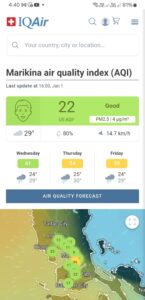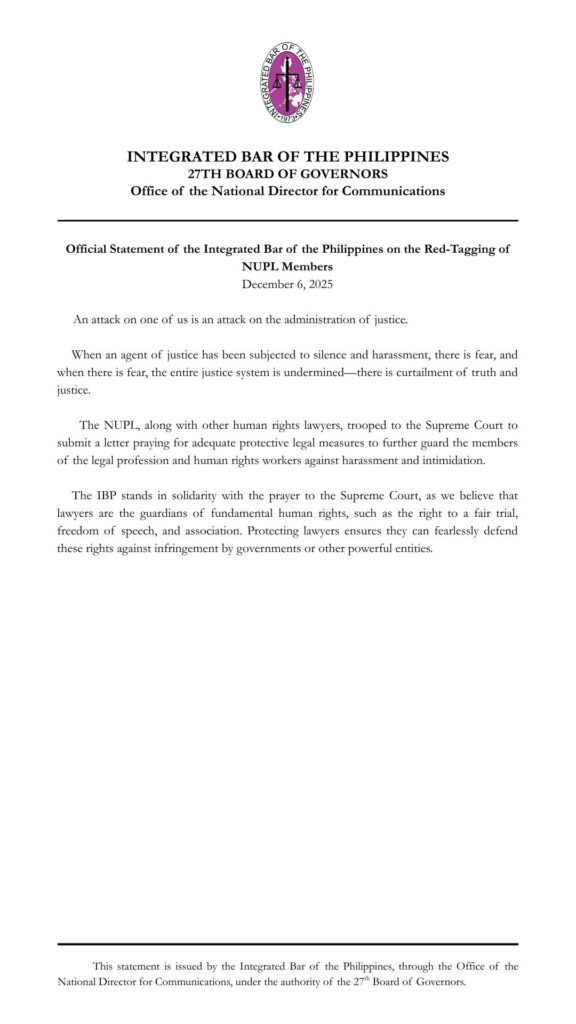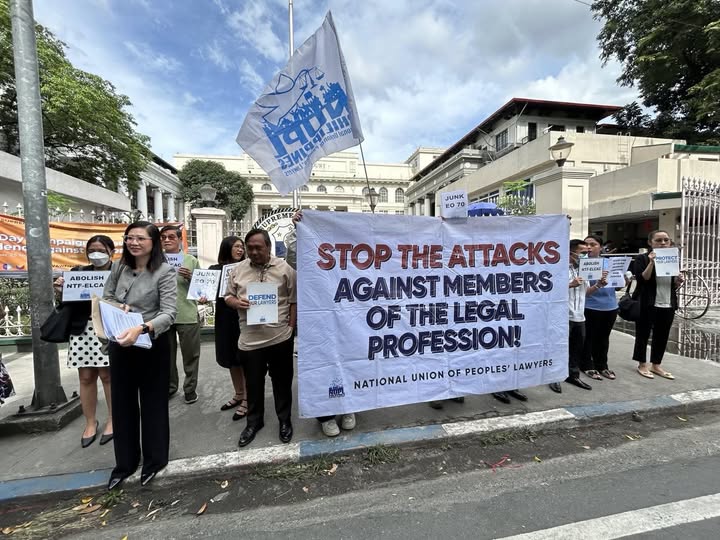The air quality in the National Capital Region became unhealthy on New Year’s Day due to air pollution, Swiss research firm IQair said on Wednesday, January 1.
As of 3:30 pm, IQair reported that Metro Manila’s air quality index stood at 166, with Particulate Matter 2.5 (PM2.5) identified as the primary pollutant.
The said particulates can originate from combustion processes, including those from power plants, smoke and soot from wildfires and waste burning, vehicle emissions, and motor combustion, as well as from industrial activities involving chemical reactions between gases.
“PM2.5 concentration is currently 15.3 times the World Health Organization annual PM2.5 guideline value,” IQair said.
“PM2.5 particles are floating particulate matter in the air measuring 2.5 micrometers in diameter or less. PM2.5 is so small it can be absorbed into the bloodstream upon inhalation. For this reason, it is typically the pollutant posing the greatest health threat,” IQair added.
Metro Manila also ranked the 16th city with the highest air pollution as of writing time.
Meanwhile, IQAir found that Makati had the highest air pollution level in the National Capital Region, with an air quality index (AQI) of 162 as of 3:30 pm. The AQI is categorized as “unhealthy.”
Parañaque and Muntinlupa followed Makati with AQIs of 22 and 6, respectively, which is considered as “good” quality.
Residents of these cities could experience adverse health impacts, particularly on the heart and lungs, with individuals having preexisting conditions likely to see their symptoms worsen. It is recommended that people refrain from outdoor activities for now. (TCSP)




